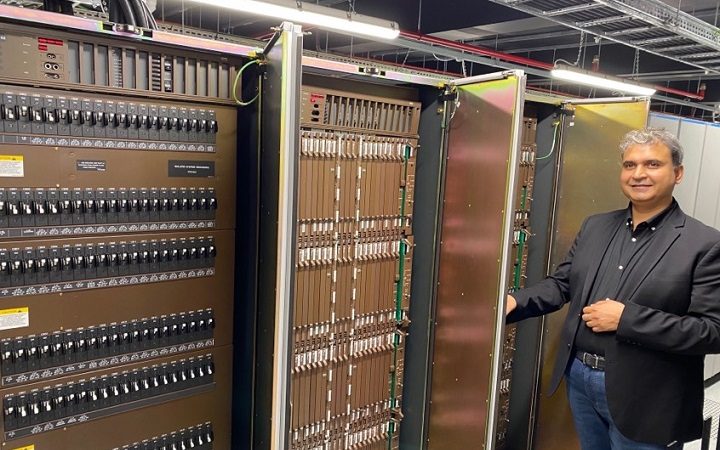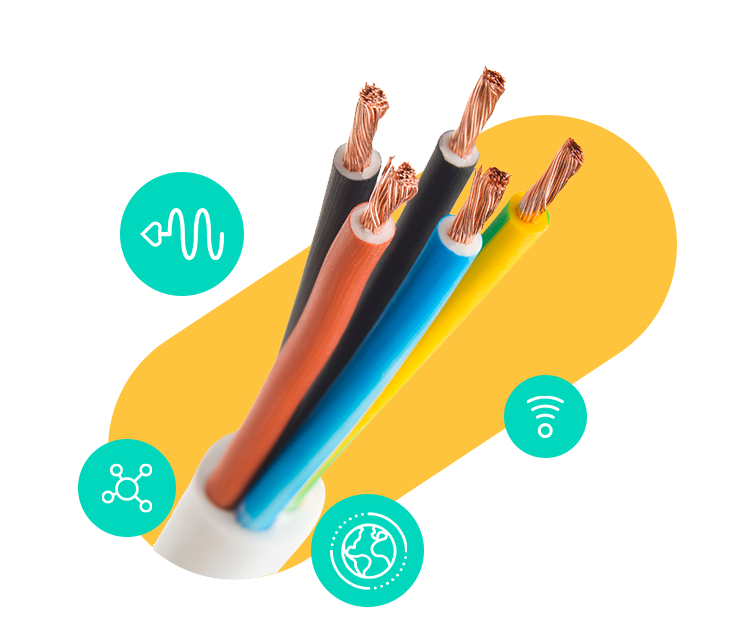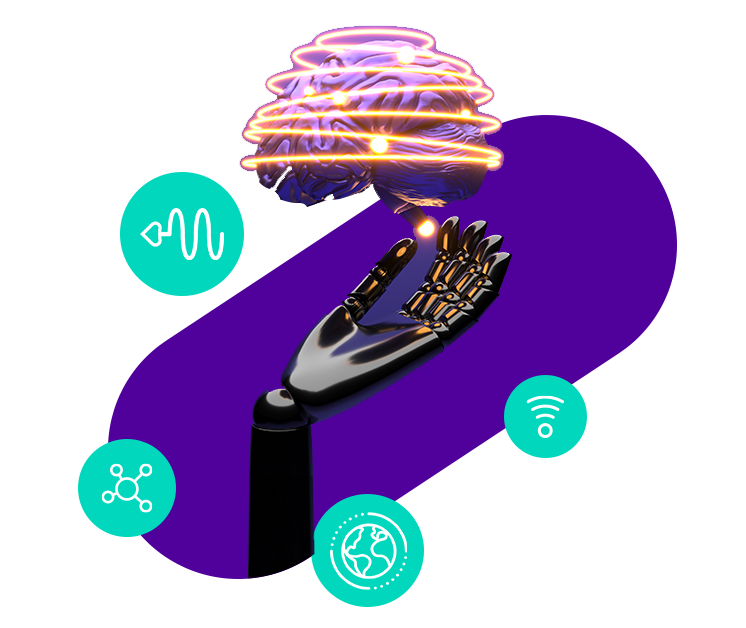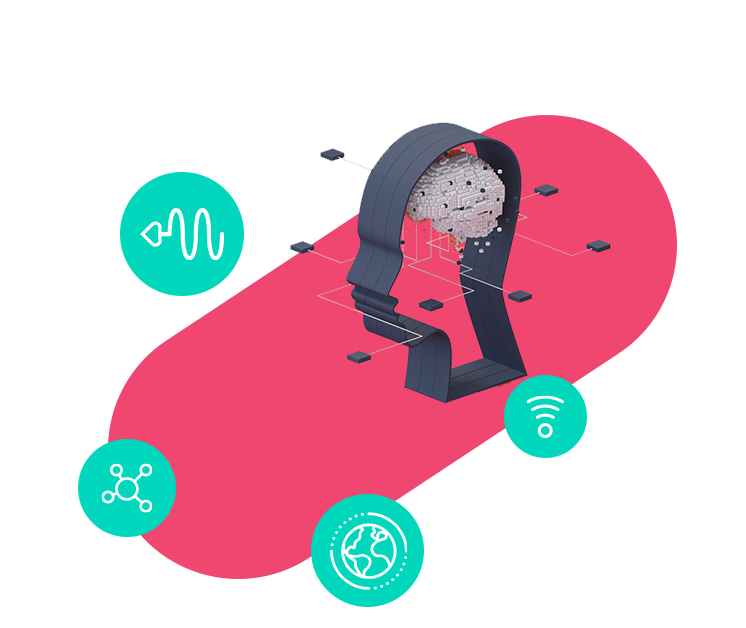Sustainable network growth: building ESG into the heart of global digital infrastructure
Published by Vivek Gaur on February 10, 2025
An increase in extreme weather events and growing awareness of the imminent risks of climate change are putting environmental issues high on the agenda for consumers and businesses. Given that the telecoms industry is responsible for around 2% of global energy consumption, how can providers improve the environmental sustainability of infrastructure as demand grows?
Environmental sustainability is a critical factor in digital infrastructure buying decisions. Colt’s Digital Infrastructure Report found that 74% of CIOs say environmental impact and governance drive or influence all strategic digital infrastructure decisions, and around 80% of consumers say they’re more likely to buy from a company that stands up for environmental issues.
The sector has much work to do. Only 22% of IT and telecoms organisations report having a multi-year environmental strategy in place, and the ICT industry needs to reduce carbon emissions by a staggering 45% by 2030 to be compliant with the Paris Agreement.
There are a variety of ways, however, that network operators can reduce carbon emissions – and even incremental changes soon begin to add up to a much more environmentally sustainable digital infrastructure.
Driving down energy consumption is challenging in the face of rising data volumes
The volume of data travelling across our networks is growing at an astonishing rate: the total amount of data created, captured and consumed globally is forecast to increase from 149 zettabytes in 2024 to more than 394 zettabytes in 2028. Increasing use of AI, growing video consumption, ongoing digitalisation and a rise in the number of connected devices are all driving this proliferation of network traffic.
Looking to the future, this challenge seems even more daunting: electricity demand from data centres, cryptocurrencies and AI could reach as much as 1,000 Terawatt Hours (TWh) in 2026, compared to 460TWh today.
Clean and renewable power sources may not be able to keep up with this growth in demand. So while green energy sourcing is a vital part of any carbon reduction plan, it’s clear that telcos need broader strategies for cutting energy consumption – which means building sustainability into the design of tomorrow’s networks.
ESG transparency and network flexibility are attractive qualities for customers
With a greater focus on ESG (Environment, Social & Governance) strategies among enterprise customers, transparency and emissions data are increasingly important elements in vendor selection.
With a net importance of 69%, data for scope 3 emissions reporting is the most important factor for CIOs in choosing a digital infrastructure partner, closely followed by science-based carbon reduction targets (68%).
More flexible offerings such as Network-as-a-Service (NaaS) allow enterprise customers to reduce carbon emissions by removing the need to provision ‘just in case’ bandwidth to allow for peaks in network traffic. Instead, they can use as much capacity as they currently need, and dynamically scale their network connections up and down depending on demand.
As a cloud-like service, NaaS also shifts the responsibility for equipment lifecycle management away from the enterprise to the network provider. Operating at scale, industry providers are in a stronger position to keep up-to-date with energy-efficient devices and technologies.
Intent-Based Networking could support more sustainable routing
To reduce power usage and carbon emissions, telcos need a level of insight into the network that’s almost impossible to achieve with human resources alone. No wonder, then, that 66% of IT and telecoms companies say AI plays a role in their environmental impact and governance strategy.
One of AI’s greatest strengths is the ability to intelligently analyse huge datasets. This means it has the potential to harness the vast amounts of data that networks generate, and use it to provide a comprehensive analysis of traffic flow, network performance, capacity usage and even energy consumption.
Intelligent network automation is already capable of handling basic troubleshooting, network administration and traffic routing to improve performance without the need to increase capacity. Looking forward, however, Intent-Based Networking (IBN) has the potential to not only improve the alignment between the network and the customer’s business goals, but to boost energy efficiency too.
IBN is an approach that uses AI and ML (Machine Learning) to intelligently automate network management based on business outcomes or intentions. The system takes these ‘intents’ – such as securely connecting networks on two different sites – and designs, configures, monitors and manages the network to achieve that, without the need for manual coding and configuration.
IBN has the potential to reduce power usage by simplifying the network, dynamically optimising its performance, and keeping unused capacity, and the power consumption associated with it, to a minimum. In the future, it’s likely that we’ll see options to support improved environmental sustainability like automatically routing the network to:
- Maximise power efficiency
- Move workloads to areas where renewable energy is most readily available
- Route traffic to areas or times of low demand when capacity is under-utilised and network energy efficiency is low
Managing energy efficiency by upgrading outdated network equipment
 Since much legacy network equipment is power-hungry, replacing it with more energy-efficient versions that support newer technologies can have a significant impact on power consumption. We expect that transitioning away from TDM, for example, will reduce our own energy consumption by a remarkable 13.2GWh.
Since much legacy network equipment is power-hungry, replacing it with more energy-efficient versions that support newer technologies can have a significant impact on power consumption. We expect that transitioning away from TDM, for example, will reduce our own energy consumption by a remarkable 13.2GWh.
Network devices supporting dynamic power management are more energy-efficient, as they’re able to reduce power consumption during periods of lower demand, and can turn off or go into sleep mode when they’re not needed at all.
As well as improving the energy efficiency of their own network operations, however, providers are also under pressure to support the sustainability goals of their enterprise customers.
Sustainability by design
While the drive to make networks more environmentally friendly can appear an insurmountable challenge, even small changes can have a significant effect. Deloitte predicts that telcos worldwide will be able to reduce their carbon footprint by 2% in 2025, representing a staggering saving of 12 million tons of carbon dioxide equivalent (CO2e).
Building sustainability into the core of digital infrastructure must be central for businesses to meet ESG goals and to protect the future of our planet. As data volumes continue to grow, power efficiency, transparency, continuous modernisation programmes, and flexible, efficient service offerings will be the foundation of sustainable network growth.
To find out more about Colt’s work in meeting sustainable goals, visit our ESG page.
Vivek Gaur is VP Engineering at Colt
Recent articles
What's your goal today?

1. Connect to the Colt network
Our network directly connects 32,000+ buildings, with millions more through our extensive worldwide partners, powering global businesses with high bandwidth requirements. Find out if you're Colt connected now.

2. Learn more about digital infrastructure
We've worked with experts to build hundreds of guides, whitepapers and blogs across a range of technology & infrastructure topics, as well as videos, webinars & lightning talks. Find out more about them below.

3. Explore our customer success stories
We work with global businesses to deliver world-class connectivity solutions, with a range of available professional & managed services to help you get exactly the right fit for your business. Read more about some of our customers' success stories.

